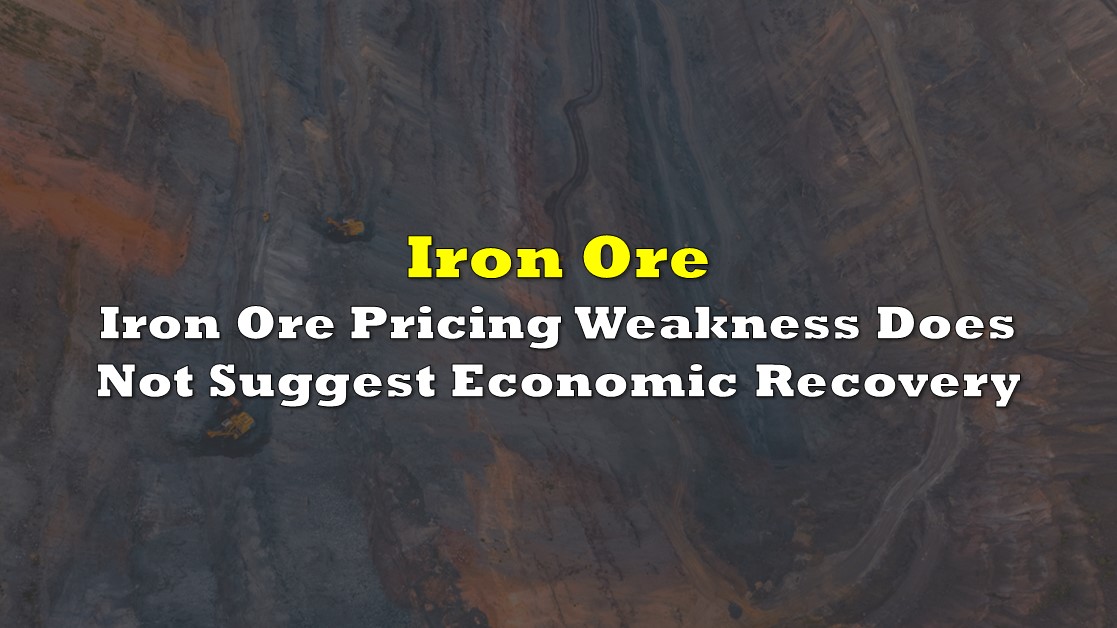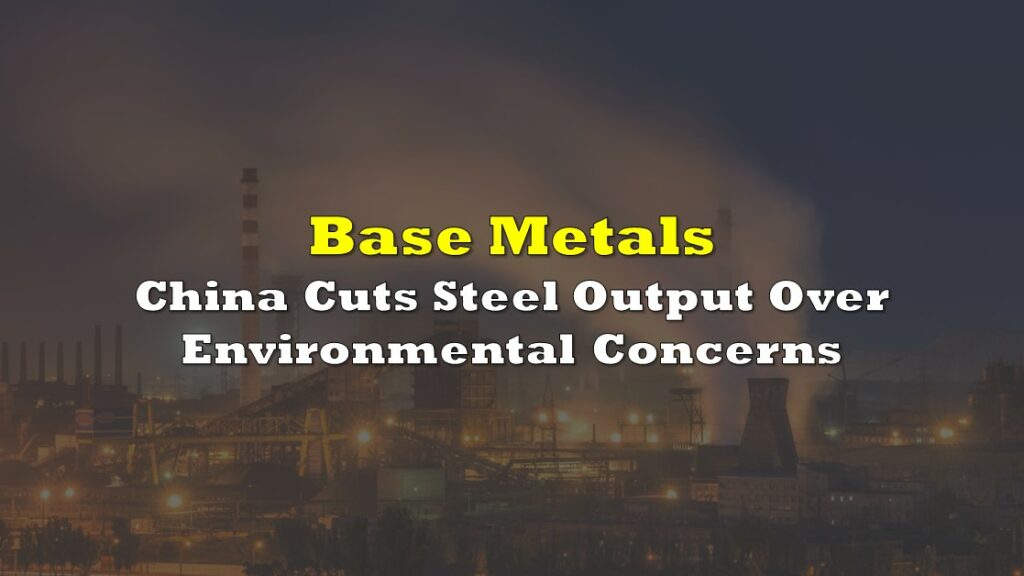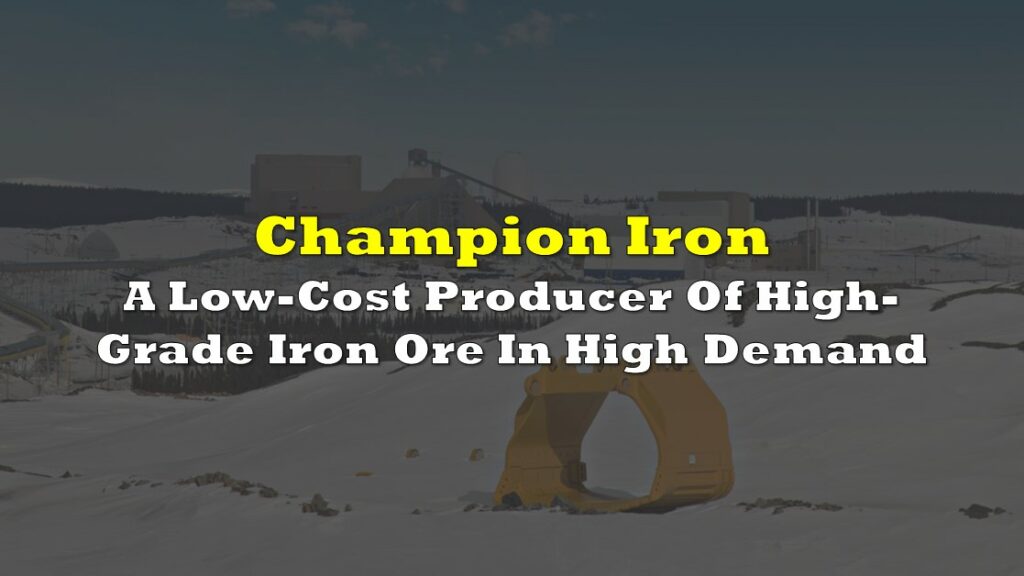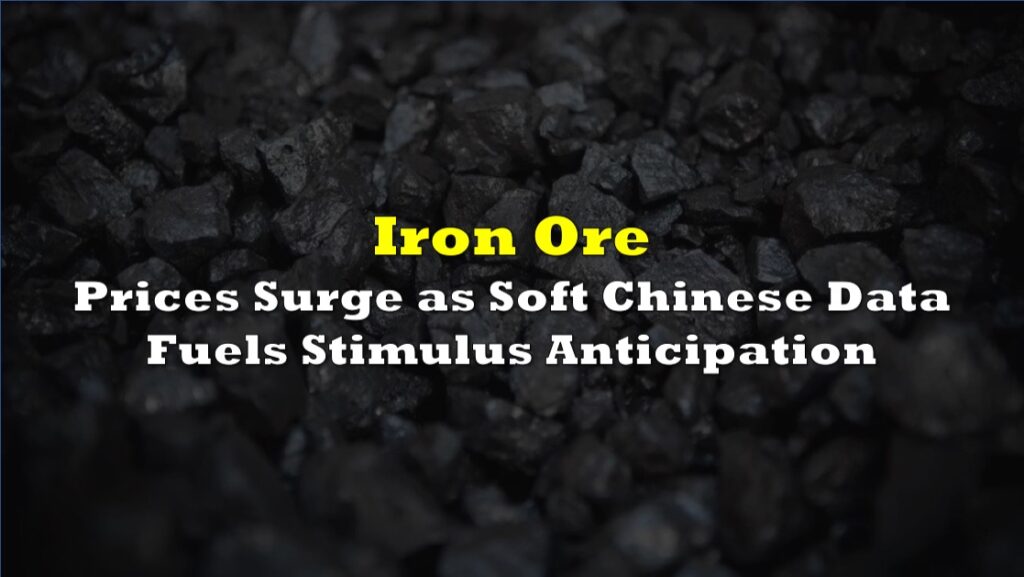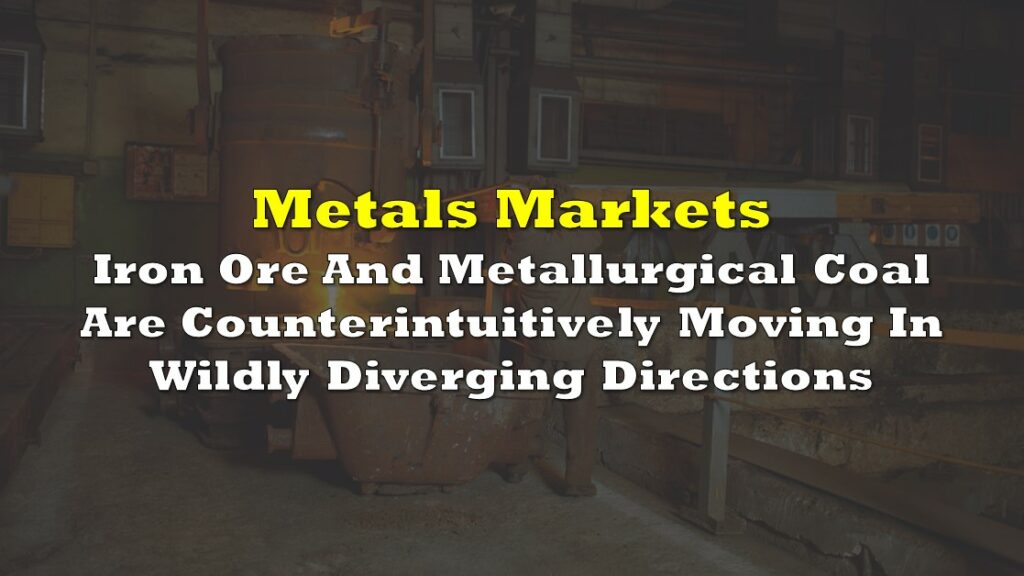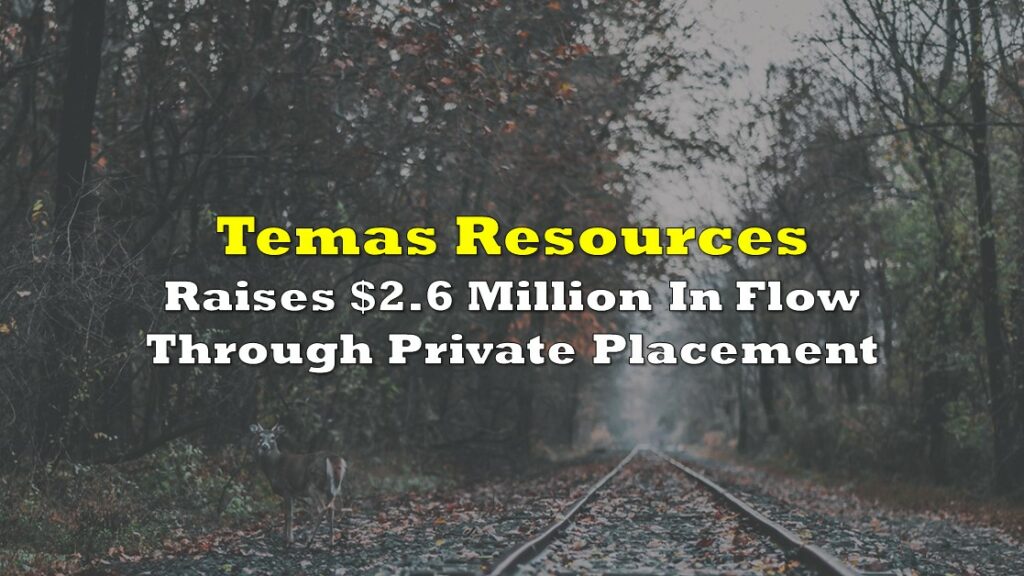A concern for the global economy is the plummeting price of iron ore. After initially rallying after Russia’s invasion of Ukraine, the benchmark price of the steelmaking material with 63.5% iron content has lost about a third of its value over the last five months. Trading at about US$97 per tonne, iron ore delivered to Tianjin, a coastal metropolis in northern China, is down dramatically from its all-time high of about US$225 per tonne in mid-year 2021, and hit new lows in recent weeks.
Steelmakers produce new steel from iron ore or scrap steel. Impurities such as excess carbon, nitrogen, and silicon are removed from the iron ore in the process, while elements like nickel and manganese are added to make various grades of steel.
Much like copper, iron ore can be considered a leading indicator of the global economy, particularly for China’s economy. Chinese iron ore demand has been weak throughout much of 2022 due primarily to a prolonged slowdown in homebuilding and many snap (and lengthy) COVID lockdowns.

Furthermore, China’s peak construction season was disappointing, as a recovery in steel demand, which many analysts expected, never really took place. Also, China’s Communist Party congress in October 2022 did not announce strong policies to revive the property market.
On November 12, China announced a surge in COVID cases — nearly 15,000 infections on that day, including a record 235 in Beijing. Nevertheless, China’s government eased some of its stringent COVID rules; in particular, it shortened the quarantine time for close contacts of infected people. If China were to further loosen its still fairly draconian COVID rules, that could in time translate into improved iron ore pricing.
Iron ore demand has weakened so much that miners have reassigned dry bulk carriers that typically carried iron ore to carry coal used for heating and power generation, according to Bloomberg. In particular, substantial quantities of Russian coal are being sent to China and India.
This transition has in turn caused the Baltic Exchange Dry Index, which is heavily weighted by capsize carriers (150,000 tonne capacity) which carry iron ore, to collapse about 60% since late May. The Baltic Index measures the cost of shipping goods worldwide and is considered the benchmark for the price of moving raw materials by sea.

Information for this briefing was found via Trading Economics and the sources mentioned. The author has no securities or affiliations related to this organization. Not a recommendation to buy or sell. Always do additional research and consult a professional before purchasing a security. The author holds no licenses.

